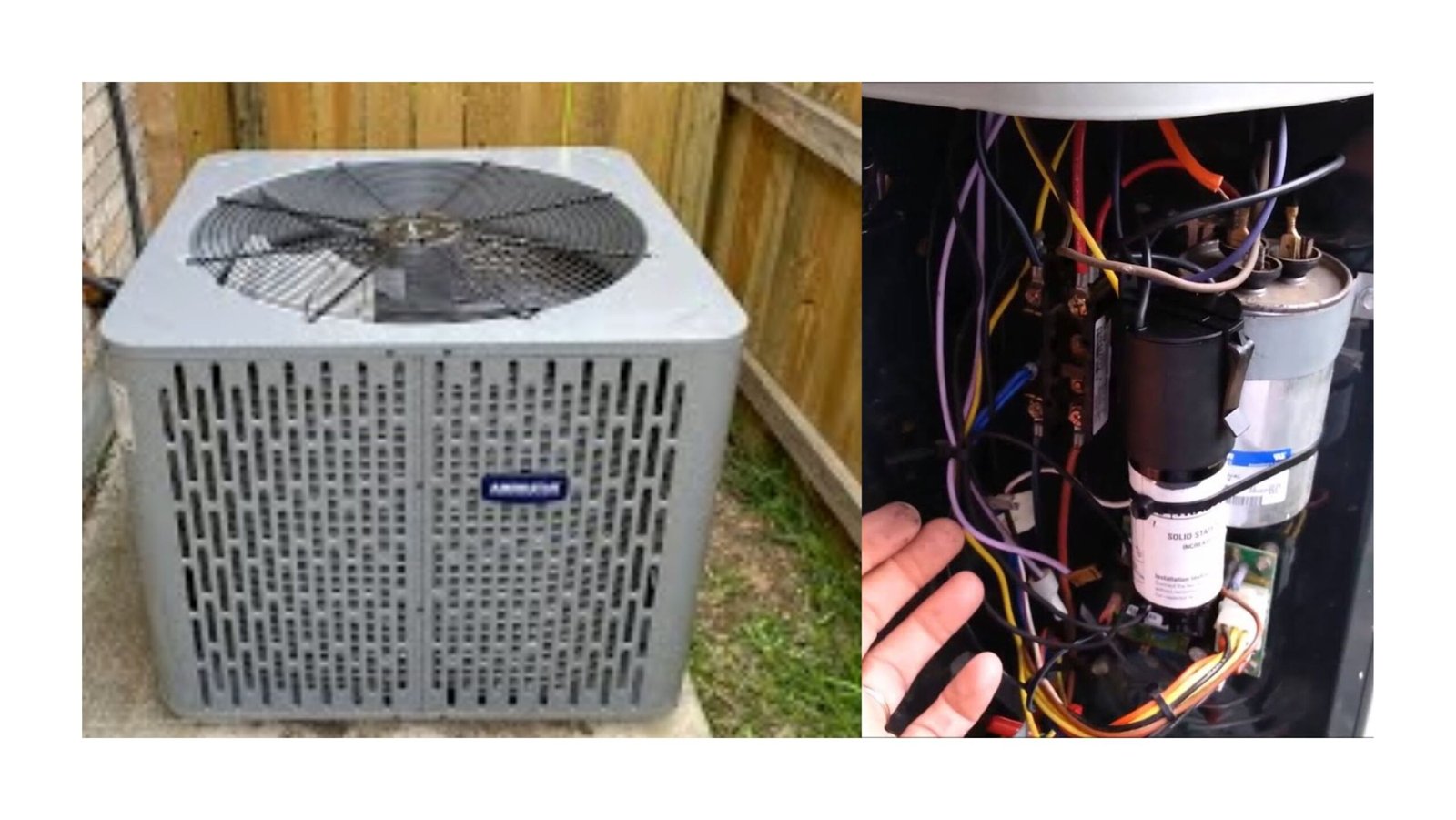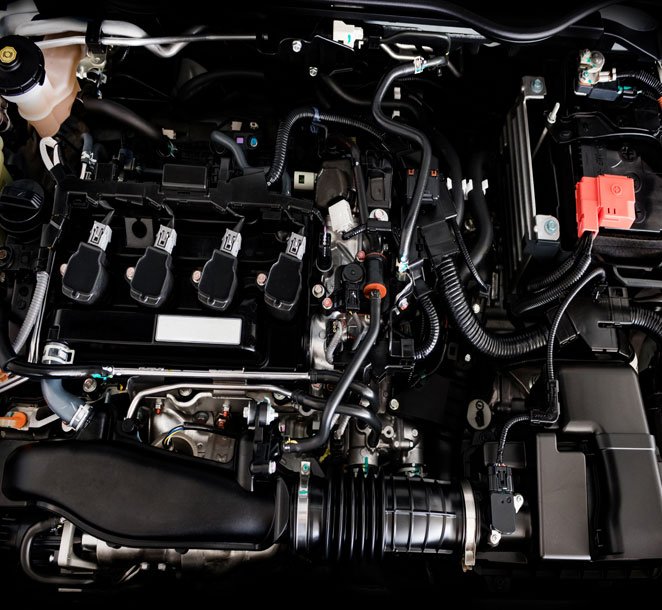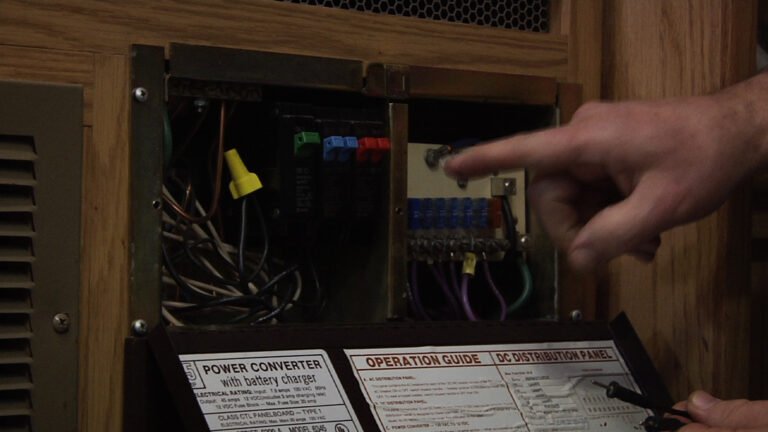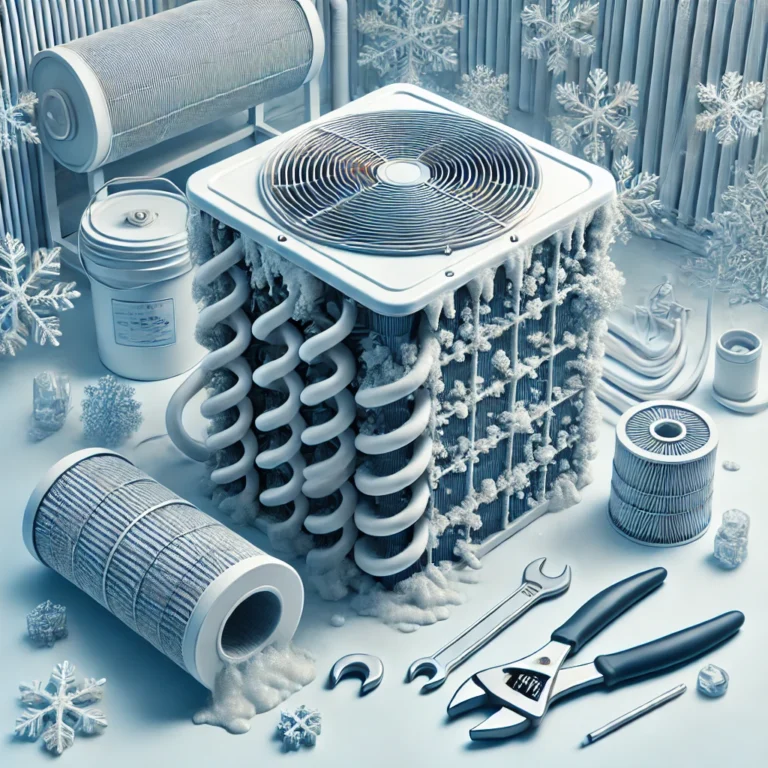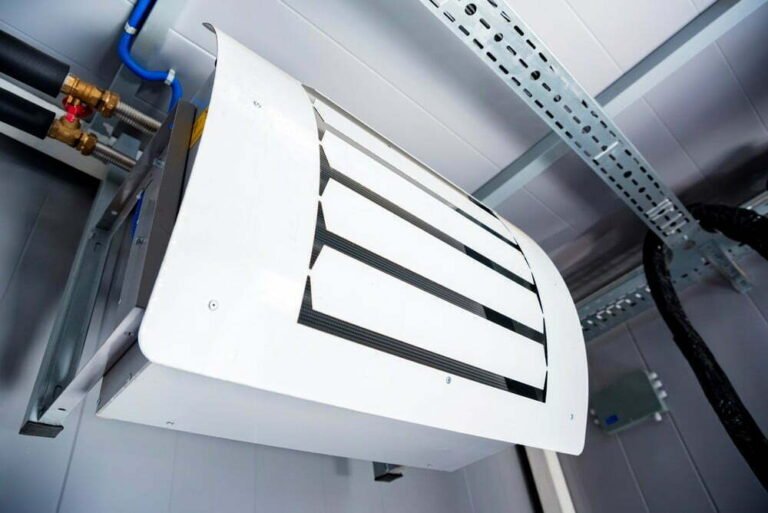Ameristar HVAC Troubleshooting: Quick Solutions for Efficient Cooling and Heating
Ameristar HVAC troubleshooting can be done by following a systematic approach to identify and resolve common issues. We will discuss the steps to troubleshoot Ameristar HVAC systems, including checking power connections, inspecting filters, and diagnosing sensor problems.
By following these steps, you can ensure efficient and effective operation of your Ameristar HVAC system. Maintaining the optimal functioning of your Ameristar HVAC system is crucial for ensuring a comfortable indoor environment. However, like any other system, Ameristar HVAC systems may encounter occasional issues that require troubleshooting.
With a systematic approach and some basic knowledge, homeowners can often identify and resolve common problems without the need for professional assistance. We will guide you through the steps of troubleshooting Ameristar HVAC systems, enabling you to diagnose and potentially fix issues that may arise. Whether it’s a power connection problem, dirty filters, or faulty sensors, understanding the troubleshooting process can help you restore proper functioning to your Ameristar HVAC system efficiently and effectively.

Credit: www.iaqmedics.com
Common Problems And Quick Solutions
Air conditioning not cooling efficiently
If your air conditioning system is not cooling efficiently, there are a few common problems you can troubleshoot before calling a professional. These quick solutions can help you identify and resolve the issue without spending a fortune.
Check for dirty air filters
Dirty air filters can obstruct airflow, reducing the cooling capacity of your HVAC system. To fix this problem, locate the air filters in your system and inspect them for dirt and debris. If they are dirty, clean or replace them following the manufacturer’s instructions.
Verify that thermostat settings are correct
Incorrect thermostat settings can prevent your air conditioning system from cooling efficiently. Check the temperature settings and ensure they are set to a level that suits your comfort needs. Also, make sure the system is set to “cool” mode instead of “fan” mode.
Inspect air ducts for blockages
Blocked or obstructed air ducts can restrict the airflow and hinder the cooling process. Take a look at your air ducts and check for any debris, dirt, or obstructions. Clear out any blockages you find to improve the airflow and enhance the cooling efficiency of your system.
Heating system not producing enough heat
If your heating system is not generating enough heat, there may be a few common issues that you can troubleshoot yourself. By following these quick solutions, you may be able to resolve the problem and restore the warmth to your space.
Check for clogged air filters
Clogged air filters can restrict the airflow and diminish the heating capacity of your HVAC system. Locate the air filters and check if they are dirty. Clean or replace them as per the manufacturer’s instructions to allow the proper flow of warm air.
Ensure thermostat is in heating mode
Before jumping to conclusions about your heating system, double-check your thermostat. Verify that it is set to “heat” mode and the temperature is suitable for your comfort. Sometimes, mistakenly setting the thermostat to “cool” or lowering the temperature can cause inadequate heat production.
Verify that vents and registers are open
Blocked or closed vents and registers can restrict the airflow, resulting in insufficient heating. Examine the vents and registers throughout your home or office to ensure they are open and unobstructed. This will allow the warm air to properly circulate and heat your space effectively.
HVAC system not turning on
If your HVAC system is not turning on at all, there are a few possible causes that you can check before seeking professional assistance. These quick solutions can help you identify and resolve the issue, potentially saving you time and money.
Check power supply and circuit breakers
Ensure the power supply to your HVAC system is intact by checking the circuit breakers or fuses dedicated to it. If a breaker is tripped or a fuse is blown, reset or replace it and see if the system starts functioning again.
Inspect thermostat batteries
Low or dead batteries in your thermostat can prevent the HVAC system from turning on. Open the thermostat and check the batteries. If they are low or depleted, replace them with fresh batteries and see if the system comes to life.
Test for faulty wiring or connections
Faulty wiring or loose connections can prevent your HVAC system from turning on. Carefully inspect the wiring and connections in the system, looking for any signs of damage or disconnection. Consult a professional if you find any issues that require expert attention.
Diagnosing And Fixing Noisy Hvac Units
Is your HVAC unit making strange noises that disrupt your peace and quiet? It’s not only annoying, but it could also be a sign of a problem that needs attention. In this article, we will help you diagnose and fix noisy HVAC units, so you can enjoy a peaceful and comfortable environment in your home.
Identifying different types of HVAC noises
If you’ve noticed unusual sounds coming from your HVAC system, it’s essential to identify the type of noise to determine the appropriate troubleshooting steps. Here are some common types of HVAC noises:
Rattles and squeaks
Rattling and squeaking noises are often caused by loose or damaged components within the HVAC system. Loose screws, unbalanced fan blades, or loose panels can all contribute to these annoying sounds. Identifying and fixing these issues can help restore your HVAC system to its quiet operation.
Hums and vibrations
Humming and vibrating sounds are typically caused by loose or unsecured components vibrating against each other. This could include loose ductwork, motor mounts, or fan blades out of balance. Correcting these issues not only eliminates the noise but can also prevent further damage to your HVAC system.
Banging or clanging
If your HVAC unit produces loud banging or clanging noises, it could indicate a more severe problem. Loose or broken internal parts, such as a faulty compressor or a blower wheel that has come loose, can lead to these unsettling sounds. It’s crucial to address these issues promptly to prevent further damage and costly repairs.
Troubleshooting steps for noise issues
Once you’ve identified the type of noise your HVAC unit is making, it’s time to troubleshoot and fix the problem. Here are some steps you can take to address noise issues effectively:
Tightening loose screws and bolts
Inspect your HVAC unit for any loose screws, bolts, or panels. Use a screwdriver or wrench to tighten them securely. This simple step can often eliminate rattling and squeaking noises.
Lubricating moving parts
Regularly lubricate the moving parts of your HVAC system, such as fan motors, pulleys, and bearings. Use manufacturer-recommended lubricants to ensure smooth operation and minimize friction noise.
Balancing fan blades
Imbalanced fan blades can create excessive vibration and noise. Carefully balance the blades by using a blade balancing kit or by adjusting the blade weights. This will help optimize the airflow and reduce noise levels.
In conclusion, noisy HVAC units can be bothersome and indicative of underlying issues within the system. By identifying the type of noise and following the troubleshooting steps outlined above, you can effectively diagnose and fix noisy HVAC units, restoring peace and quiet to your home.
Improving Hvac Energy Efficiency
Improving the energy efficiency of your HVAC system not only helps lower your energy bills but also reduces your carbon footprint. By following a few simple maintenance and cleaning steps, you can ensure that your Ameristar HVAC system is running at its optimal efficiency. Here are some useful troubleshooting tips to enhance the energy efficiency of your HVAC system:
Regular maintenance and cleaning
Maintaining and cleaning your HVAC system on a regular basis is essential for optimal performance and energy efficiency. Regular maintenance includes tasks such as inspecting and cleaning air ducts, checking refrigerant levels, cleaning condenser coils, and upgrading to programmable thermostats. By performing these tasks, you can prevent clogs and blockages and ensure that your system operates at peak efficiency.
Cleaning condenser coils
Condenser coils play a crucial role in the heat transfer process of your HVAC system. Over time, these coils can accumulate dirt, dust, and debris, which can hinder their ability to transfer heat efficiently. By regularly cleaning the condenser coils, you can improve the heat transfer process, allowing your system to cool your home more effectively.
Checking refrigerant levels
Proper refrigerant levels are essential for your HVAC system to function optimally. Too little or too much refrigerant can cause your system to work harder and consume more energy. Regularly checking the refrigerant levels and ensuring they are within the recommended range can help improve the energy efficiency of your HVAC system.
Inspecting and cleaning air ducts
Blocked or dirty air ducts can restrict airflow and make your HVAC system work harder to distribute air throughout your home. Regularly inspecting and cleaning the air ducts can help remove any obstructions or buildup that may hinder airflow. This ensures that your system operates efficiently and delivers conditioned air to each room effectively.
Upgrading to programmable thermostats
Programmable thermostats offer a convenient way to optimize energy usage by allowing you to preset temperature schedules. By adjusting the thermostat settings according to your daily routine, you can avoid excessive cooling or heating when it’s not needed, resulting in energy savings.
Utilizing remote controls and smart home integration
Using remote controls and integrating your HVAC system with smart home technology allows you to have more control over temperature settings and energy usage. With remote access, you can adjust the temperature when you’re away from home or even set up geofencing to ensure energy-saving settings are activated when no one is home.
Enhancing insulation and weather sealing
Poor insulation and weather sealing can lead to heat loss or gain, causing your HVAC system to work harder to maintain desired temperatures. By identifying air leaks and sealing gaps, cracks, and windows, you can prevent unwanted air exchange, improve indoor comfort, and reduce energy waste.
Maximizing airflow and ventilation
Proper airflow and ventilation are essential for efficient HVAC operation. Regularly cleaning or replacing air filters ensures adequate airflow, preventing strain on the system. Additionally, clearing debris around outdoor units and ensuring proper ventilation in each room promotes optimal energy usage.
By following these troubleshooting tips, you can improve the energy efficiency of your Ameristar HVAC system, resulting in reduced energy costs and a more environmentally friendly home.
Professional Hvac Troubleshooting And Maintenance
Professional HVAC troubleshooting and maintenance is essential to keep your Ameristar HVAC system running smoothly and efficiently. Whether you are experiencing system malfunctions, complex repairs, or simply need routine maintenance and tune-ups, calling in a professional can save you time, money, and headaches in the long run.
Knowing when to call a professional
While some HVAC issues can be resolved with basic troubleshooting, there are times when it is best to leave the job to the experts. If you notice unusual noises, poor airflow, inconsistent temperatures, or frequent breakdowns, it is a clear sign that professional help is needed. Ignoring these problems can lead to further damage and more expensive repairs down the line.
Complex or major repairs
Some HVAC repairs require expert knowledge and specialized tools. When it comes to complex or major repairs such as compressor replacement or refrigerant leak detection, it is always best to hire a professional HVAC technician. They have the experience and skills to handle these complicated tasks safely and efficiently, ensuring that your system is back up and running in no time.
System malfunctions and error codes
If your Ameristar HVAC system displays error codes or experiences frequent malfunctions, it is important to consult with a professional. HVAC technicians are trained to diagnose and troubleshoot these issues accurately, saving you the hassle of trying to decipher error codes or potentially causing further damage by attempting repairs on your own.
Routine maintenance and tune-ups
Regular maintenance and tune-ups are crucial for keeping your Ameristar HVAC system in optimal condition. Professional HVAC technicians can perform thorough inspections, cleaning, and tune-ups to ensure that your system operates efficiently and lasts longer. They can also identify and address any underlying issues before they develop into major problems, saving you money on costly repairs.
Choosing a reputable HVAC technician
When it comes to hiring an HVAC technician, it is important to choose a reputable and trustworthy professional. Here are a few factors to consider:
- Checking licenses and certifications: Ensure that the technician is licensed and certified to work on HVAC systems. This guarantees their expertise and knowledge in the field.
- Reading customer reviews and testimonials: Look for reviews and testimonials from previous customers to get an idea of their service quality and customer satisfaction.
- Getting multiple quotes for services: Obtain quotes from multiple HVAC technicians to compare prices and services offered. This allows you to make an informed decision and choose the best technician for your needs.
By following these guidelines, you can find a reputable HVAC technician who can provide top-notch service for your Ameristar HVAC system, ensuring its longevity and efficiency.
Frequently Asked Questions For Ameristar Hvac Troubleshooting
How Do I Reset My American Standard Hvac System?
To reset your American Standard HVAC system, follow these simple steps: 1. Locate the main power switch on the unit. 2. Turn off the switch and wait for about 30 seconds. 3. Turn the switch back on to reset the system.
4. Your American Standard HVAC system should now be reset and ready to use.
How Do I Turn On Ameristar Heating And Cooling?
To turn on your Ameristar heating and cooling system, locate the power switch and flip it on.
Why Is My American Standard Heating And Air Conditioning Thermostat Not Turning On?
Possible answer: The American Standard thermostat may not turn on due to power issues or incorrect thermostat settings. Check for power supply and ensure correct settings are selected.
Why Is My American Standard Air Conditioner Not Turning On?
Your American Standard air conditioner may not be turning on due to a faulty thermostat or electrical issues.
Conclusion
Ameristar HVAC troubleshooting can be a complex process, but with the right knowledge, it is possible to diagnose and fix common issues. Regular maintenance and troubleshooting can help ensure that your Ameristar HVAC system operates efficiently and effectively. By following the troubleshooting tips mentioned in this blog post, such as checking for power issues, adjusting settings, and inspecting filters, you can potentially save yourself from costly repairs or replacements.
Remember to refer to the manufacturer’s manual for specific troubleshooting instructions and if needed, seek professional help from a trained technician. Taking the time to troubleshoot and address any issues can help extend the lifespan of your Ameristar HVAC system and keep your home comfortable year-round.
Stay proactive and attentive to your HVAC system to avoid unnecessary headaches in the future.

